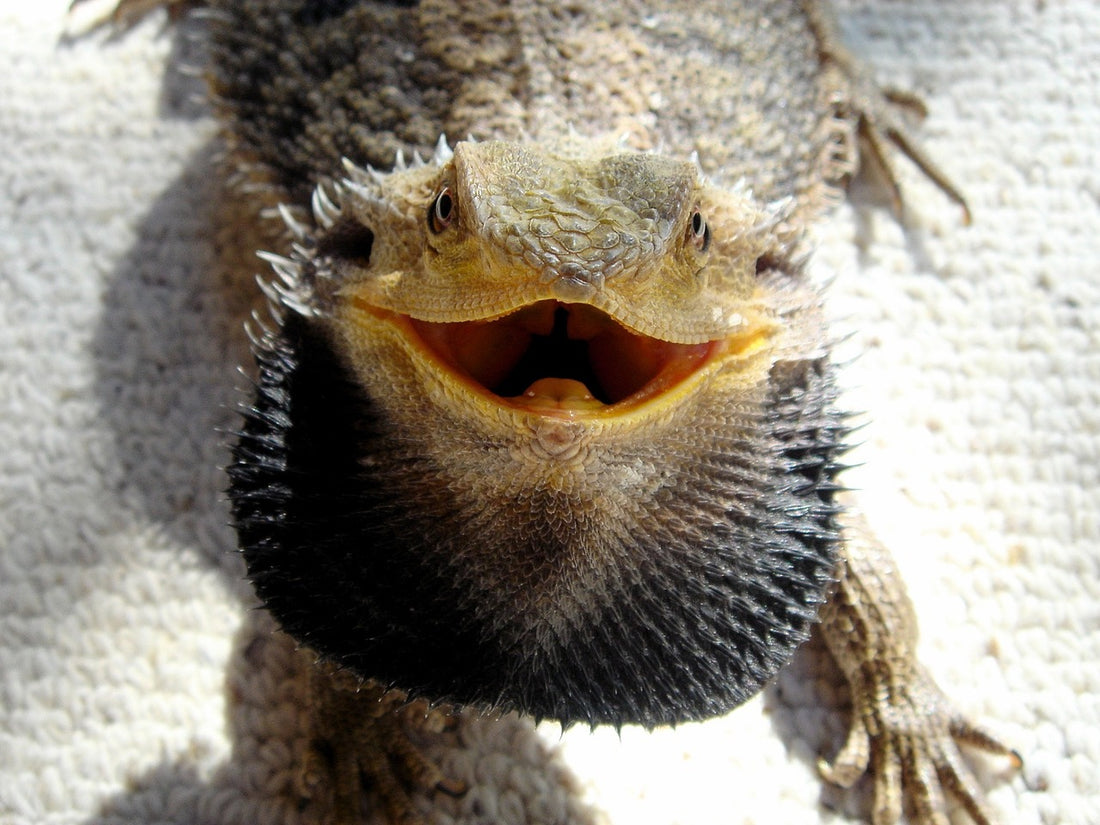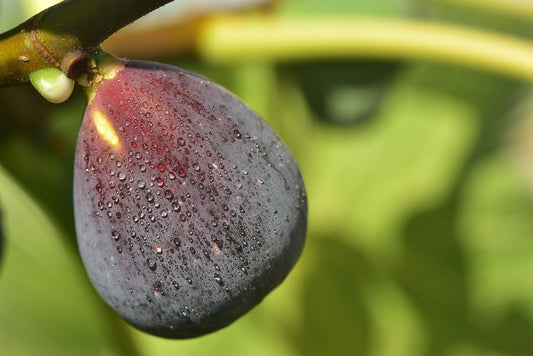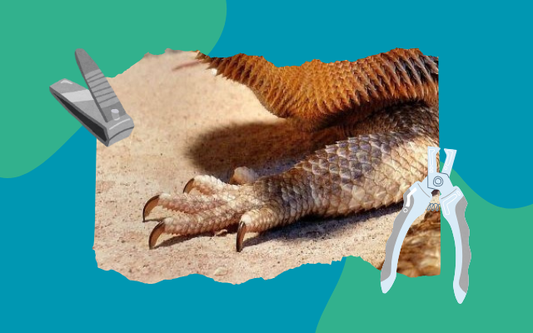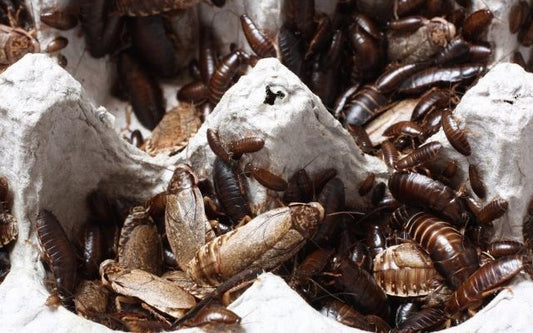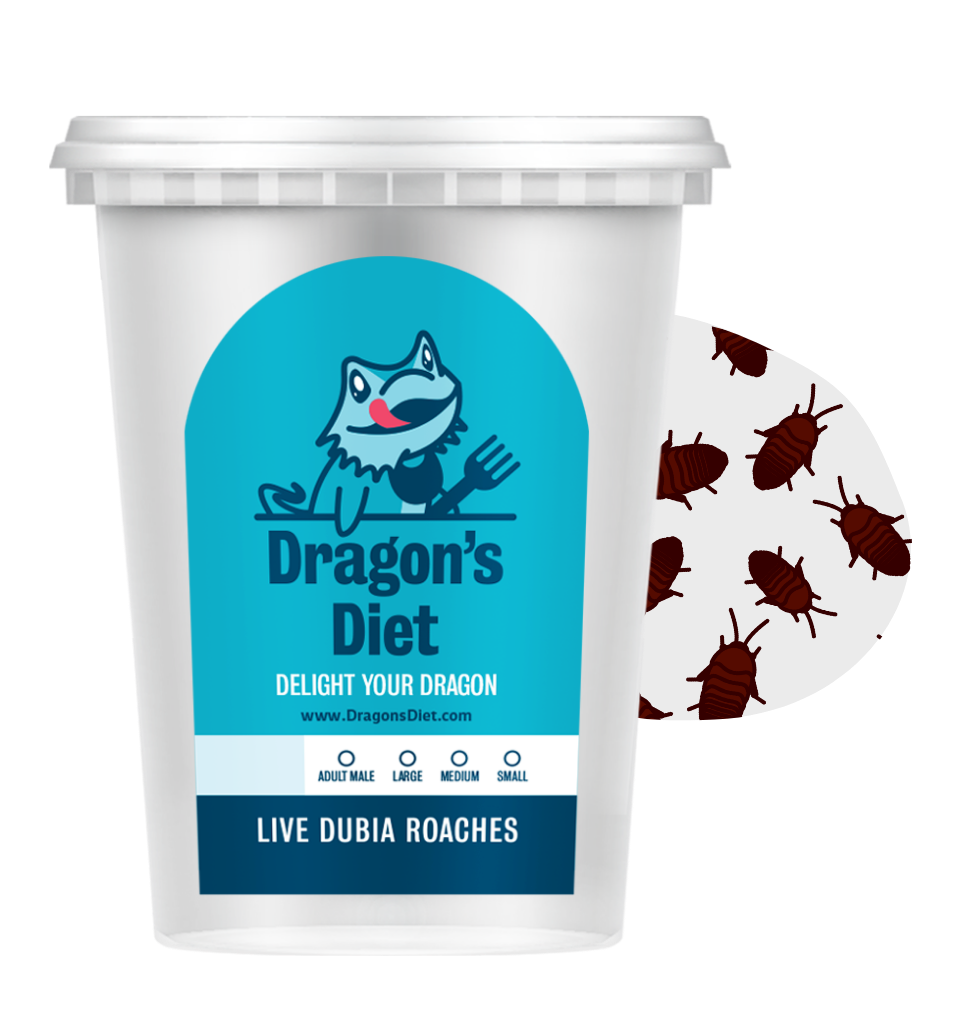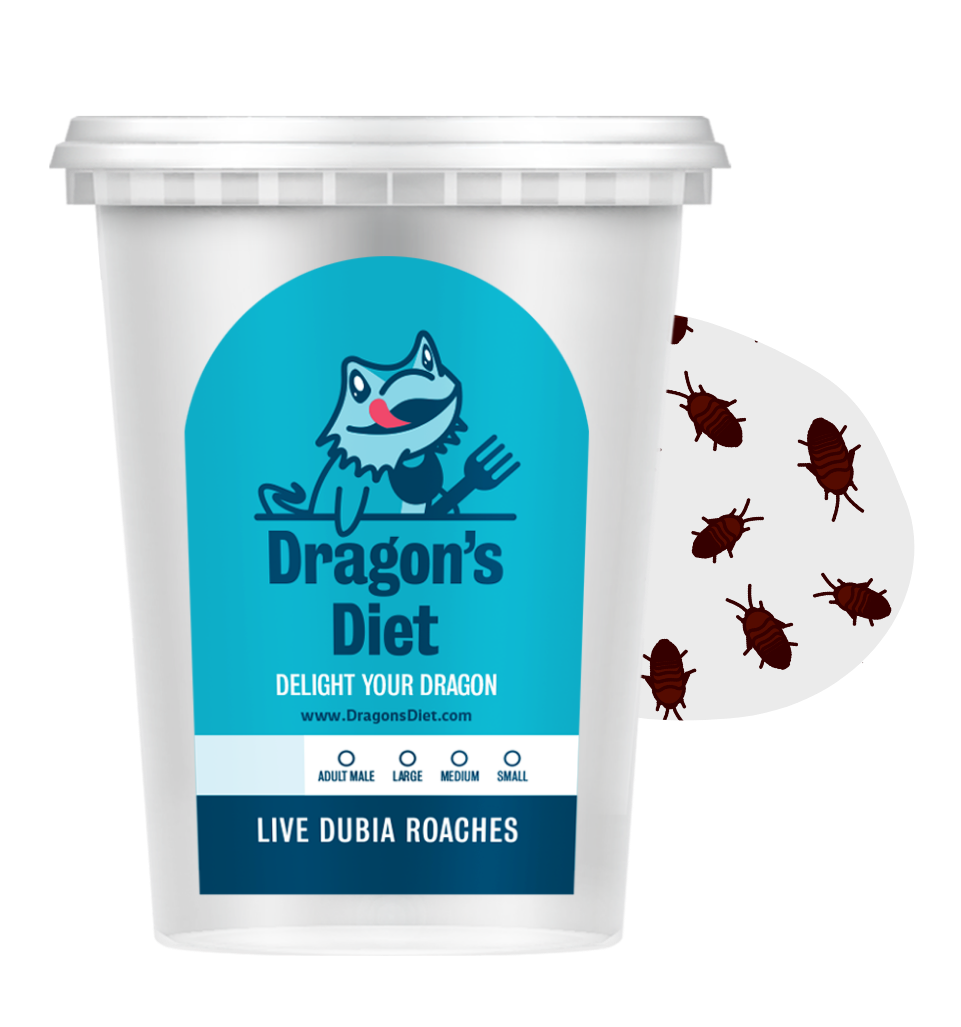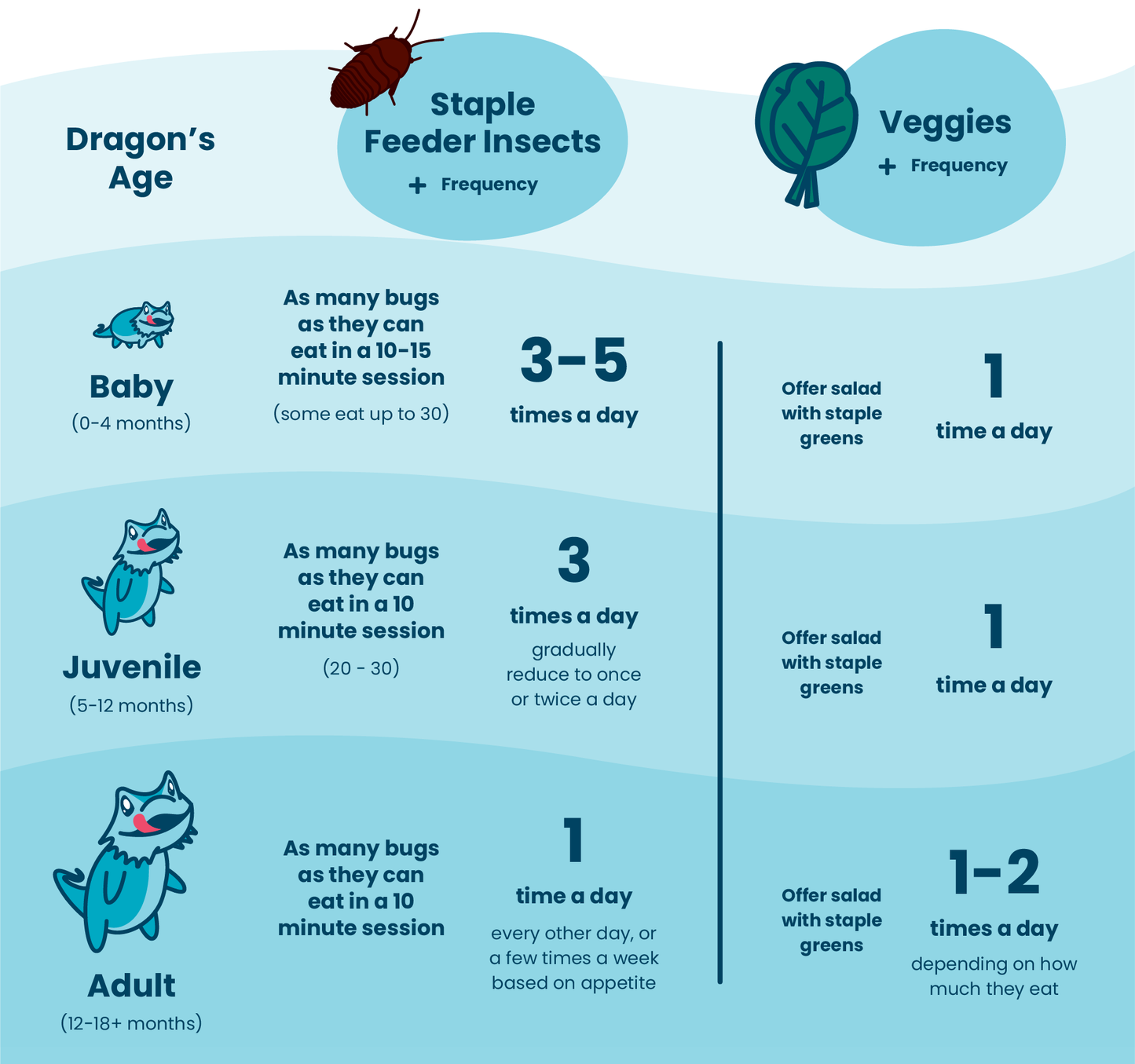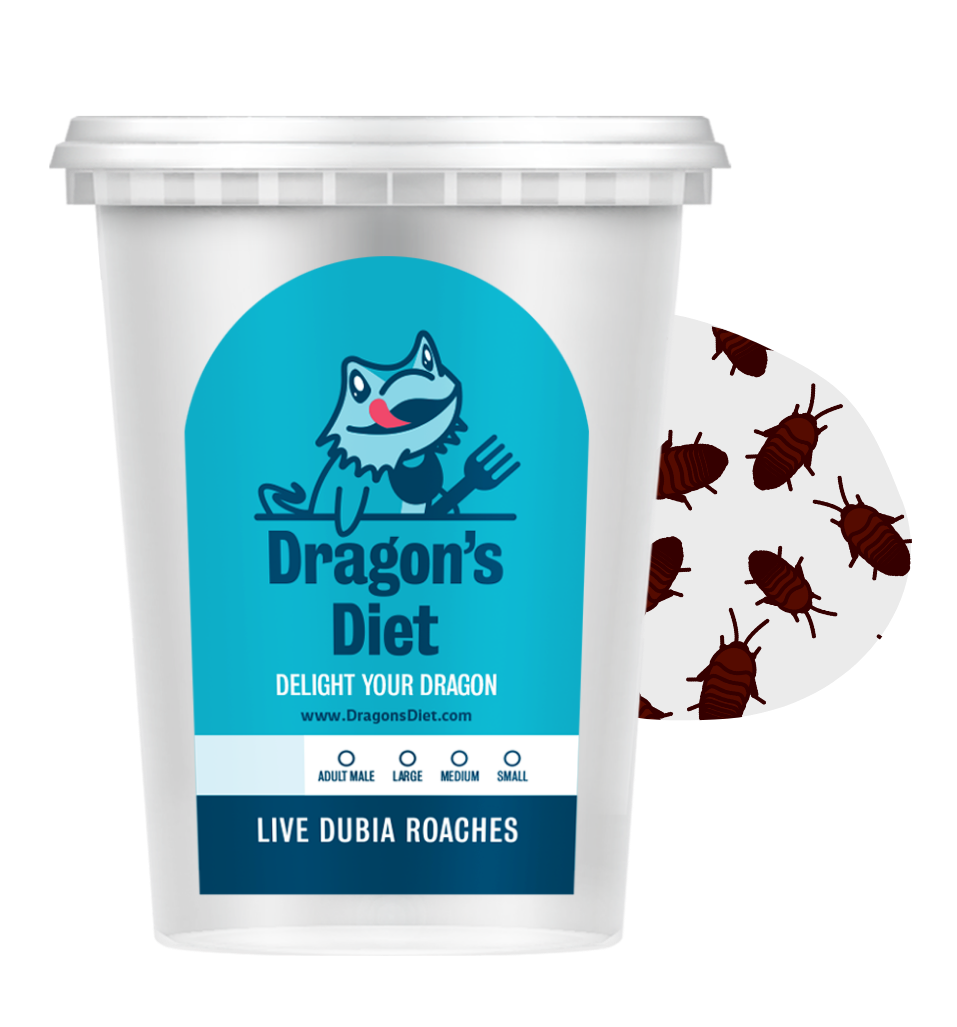Native to the arid Australian deserts, the bearded dragon has recently scurried its way into American hearts and homes. These curious, active reptiles are used to an exotic environment, which means they need a little extra attention and care than your average pet. They’ve got special requirements when it comes to their diet, too. But don’t worry! Follow these diet do’s and don’ts so you can keep your beardie living a happy, healthy, and vibrant life.
What Do Bearded Dragons Eat?
As omnivores, bearded dragons eat a variety of insects, flowers, fruit, veggies, and the occasional rodent or lizard. In the wild, they get a lot of exercise climbing bushes, scurrying across rocks, and burrowing in the ground. So they tend to eat a lot, especially insects.
Domesticated beardies, on the other hand, tend to be more sedentary since they don’t have as much room or reason to move around. It’s important for you to keep them on a healthy, regulated diet to prevent obesity. (Yes, your dragon can get too fat! She will eat just about anything you put in front of her, so you’ll need to be careful how much you give her.)
Bearded dragons need a well balanced diet of insects, fruits, and veggies. For an adult dragon, that typically means 80% plants and 20% insects. For a juvenile dragon, that could mean anywhere between 80% insects/20% plants, and 50-50. It’s a good idea to consult with your veterinarian on your specific dragon’s needs.
If the percentages are confusing you, you're not alone! Here's a cheat sheet. This bearded dragon feeding chart breaks down feeding frequency by age.
Here’s a look at the tasty options available to your dragon.
The Best Bugs for Your Beardie
Bearded dragons love eating bugs—live bugs. So if you enjoy watching a good chase, feeding time will be fun. Pet dragons are typically fed roaches, crickets, and worms. You’ll want to choose one feeder insect to be the regular, primary source of your dragon’s protein, and then supplement that with a variety of other insects for additional nutrients.
Pro Tip: Feed your dragon insects that are about the same size as the space between his eyes.
Crickets. By far the most popular choice, crickets are a tasty protein- and calcium-rich snack for your beardie. They are widely available at pet stores. Just keep in mind that they can easily escape and their noise can be irritating, so if you go this route, make sure you store them securely and out of earshot.
To learn more about crickets, check out this article comparing Dubia roaches and crickets.
Dubia Roaches. Beardies love roaches. And the best roach you can feed your dragon is the Dubia roach. Low in fat and extremely high in protein, Dubia roaches provide at least five times the nutritional value of other live insects (yes, you read that right: five times!). Additionally, the Dubia roach makes life a little easier for you—they are very quiet, they can’t climb or fly to escape (and if they do somehow escape, they will not infest your home), and they don’t bite or stink.
Worms. In the wide world of worms there are many safe and healthy choices for your bearded dragon. Some are more nutrient-rich than others; some are simply a good option when you want to give your dragon a special treat.
- Butter Worms: Full of calcium and protein, this worm makes a great dietary supplement to your dragon’s primary feeder insects.
- Earthworms: Not as popular as other worms, these crawlers offer calcium and moisture to your pet. Be sure to rinse them before feeding them to your dragon to make sure there are no particles stuck to their slimy surface.
- Mealworms (for adults only!): This is a popular snack for an adult bearded dragon (eg., five or six a day), but never give a mealworm to a younger beardie. Mealworms have a really tough exoskeleton that a mature dragon can handle in small amounts, but it can very quickly cause gut impaction (a potentially fatal digestion blockage) in little guys.
- Phoenix Worms: These worms are a great source of protein and calcium, making them an excellent supplement or feeder insect. Just keep in mind that these worms are very small, so if you have a large adult dragon, it’ll be less expensive to use them as a snack rather than a main course.
- Silkworms: This worm contains protein, moisture, phosphorous, calcium, and potassium, making it an excellent snack for your dragon.
- Wax Worms: These are definitely a dessert kind of worm due to their high fat content. Only offer wax worms on occasion as a treat.
Insects to Avoid
Never feed your beardie these poisonous or potentially harmful insects:
- Any insect from the wild, your back yard or home, or a bait shop
- Dead insects
- Elderbugs
- Fireflies or any insect that glows
- Venomous insects
Pro Tip: Always purchase insects from a pet food source you trust.
When you are ready to purchase feeder and supplement insects, make sure they have been fed a diet rich in vitamins and minerals. Talk with your supplier to learn how you can keep the insects healthy. This way, those good nutrients will be passed on to your dragon.
The Best Vegetables for Your Bearded Dragon
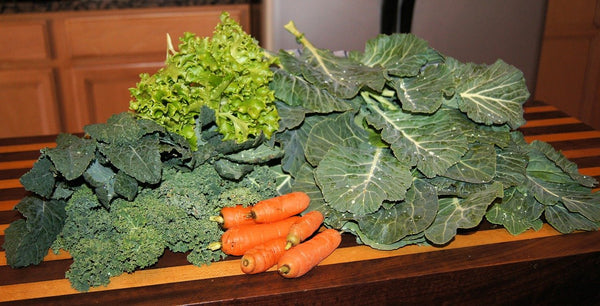
Feeding veggies to your bearded dragon is a great way to ensure they have a well balanced and nutritive diet. The good news is, beardies can eat as many veggies as they want, all day, every day. So you never have to worry about your reptile growing fat from these garden goodies.
Pro Tip: Offer veggies to your baby beardie even if he doesn’t seem to like them. The greens will grow on him!
Of the plants you feed your dragon, 80-90% should be vegetables. Primarily you’ll want to give your beardie dark green, leafy vegetables, although many colored veggies are safe too. Here’s a list to help you choose.
These veggies are safe for frequent feedings:
- Acorn squash (a few times a week)
- Alfalfa (daily)
- Asparagus (weekly)
- Bell peppers (a few times a week)
- Bok choy (every other week)
- Butternut squash (daily)
- Cactus leaves, also called prickly pear (daily)
- Carrots (a few times a week)
- Celery (every other week)
- Cilantro (every other day)
- Collard greens (daily)
- Cucumber (every other week)
- Dandelion leaves (daily)
- Endive (daily)
- Green beans (a few times a week)
- Green cabbage (every other week)
- Hibiscus (a few times a week)
- Kale (weekly)
- Mustard greens (daily)
- Okra (every other week)
- Parsnip (a few times a week)
- Peas and snap peas (every other week)
- Pumpkin (every other week)
- Radishes (every other week)
- Red cabbage (a few times a week)
- Turnip greens (daily)
- Watercress (a few times a week)
- Yellow squash (a few times a week)
Offer these for an occasional treat, once a month or so:
Never give your dragon any of the following:
- Avocado
- Beet greens
- Citrus fruits (While it may be safe to offer these every few months or so, some Dragon Keepers like to avoid feeding citrus fruits altogether because the acid can be very harsh on your beardie's stomach and digestive system.
- Lettuce or any similar light green vegetable that is rich in fiber and low in nutrients (they can cause diarrhea)
- Mushrooms
- Rhubarb
- Wild plants
The Best Fruit for Your Bearded Dragon

As healthy and delicious as fruit is, your bearded dragon only needs a small amount, and they don't need it daily. Of the plants you feed your dragon, 10-20% should be fruit. Be sure to cut fruit into bite-size pieces before offering it to your dragon.
Aside from citrus fruit, which can be too acidic for your dragon’s stomach, there are plenty of fruits your dragon can enjoy. Here are some widespread favorites:
- Apples (peeled; weekly)
- Apricot (every other week)
- Bananas (with or without peel; once or twice a month)
- Blackberries (every other week)
- Blueberries (weekly)
- Cantaloupe (every few weeks)
- Cherries (monthly)
- Dates and raisins (very rarely)
- Figs (every other week)
- Grapes (weekly)
- Guava (weekly)
- Kiwi (peeled; monthly)
- Mango (a few times a week)
- Papaya (a few times a week)
- Peaches (weekly)
- Pears (peeled; very rarely)
- Pineapples (monthly)
- Raspberries (every few weeks)
- Strawberries (weekly)
- Watermelon (monthly)
In addition to fruit, you may also offer your beardie flowers such as dandelions, hibiscus, roses, carnations, geraniums, and nasturtiums.
Pro Tip: If you’d like to change up your beardie’s diet with packaged food on occasion, make sure you choose a high-protein variety for younger dragons and low-protein variety for adult dragons.
Keep Your Beardie Hydrated
Bearded dragons obtain most of their moisture through fruits and vegetables, but it’s important to make sure they have water available as well. Always keep a water bowl in your dragon’s cage, but observe whether your dragon actually drinks out of it. Some dragons prefer to soak in their water bowl instead (after all, they come from a hot climate).
Beardies tend to urinate or leave solids in their bowl, so change their water frequently. After each feeding, remove any drowned insects from the bowl as well. If your dragon does not drink from the water bowl, you can spray a mist of water into the cage once or twice a day. Not only will it keep your pet hydrated, but it will remind him of rainfall or early morning dew in the Australian desert.
Bearded Dragon Supplements
Just like humans, beardies benefit from supplemental vitamins and minerals in their diet. Here is a quick list of the most popular options:
- Calcium. This is the most important supplement to provide to prevent metabolic bone disease, which can be caused by calcium deficiency. Try our Reptile Greens & Calcium Powder to help keep your little guy healthy!
- Vitamin D3. When determining which calcium supplement is right for your dragon, you may want to choose one that also contains vitamin D3. In the wild, they would be getting this vitamin from sunlight; in domestic situations this is usually not the case unless you keep your dragon outside most of the time.
- Multivitamins. Multivitamin supplements are an option for your pet. Talk to your veterinarian about what your dragon’s specific needs are.
Pro Tip: Bearded dragon supplements come in powder form, so all you have to do is dust their food with it.
Tips on Feeding Your Baby or Juvenile Dragon
Here’s a list of quick tips to help you feed your baby or juvenile dragon right.
- Feed your baby three times daily for ten to fifteen minutes per feeding. Don’t leave any uneaten insects in the cage after this time.
- Because baby dragons need to grow, they can eat more insects than adults. Some babies eat up to 60 bugs a day.
- It’s safe to leave veggies in the cage for your baby to snack on when she wants.
- Don’t feed your baby in a tank that has loose substrate, since they might accidentally ingest it.
Tips on Feeding Your Adult Dragon
It’s feeding time for your adult dragon! Here are some quick tips.
- Adults only need insects once a day. Veggies should be given more often and left in the cage.
- Of the food your adult dragon eats, insects should never make up more than 50%.
- Feed your adult once a day or every other day, depending on their appetite.
Ultimately whether you have a baby, juvenile, or adult dragon, they need a varied diet of nutrient-rich insects, veggies, and fruits. Enrich your beardie’s health, happiness, and quality of life by feeding them the best options, every time.
If you have questions or would like to give feedback, please email us at team@dragonsdiet.com

